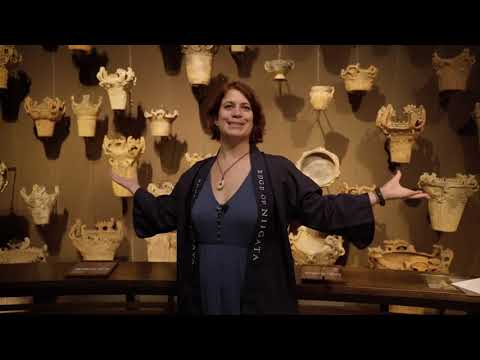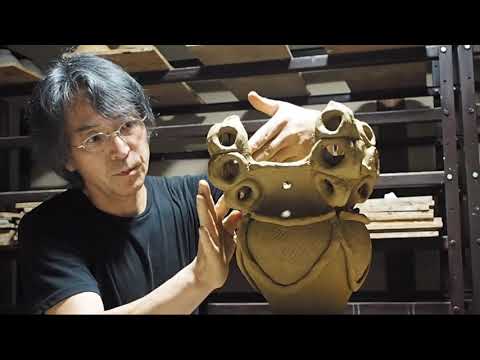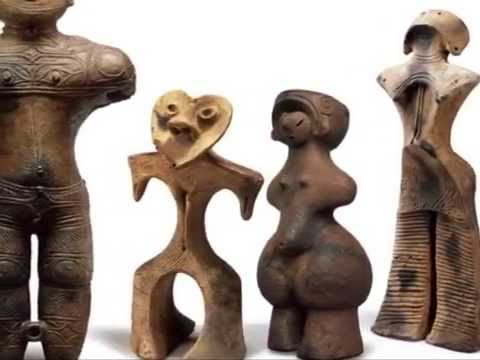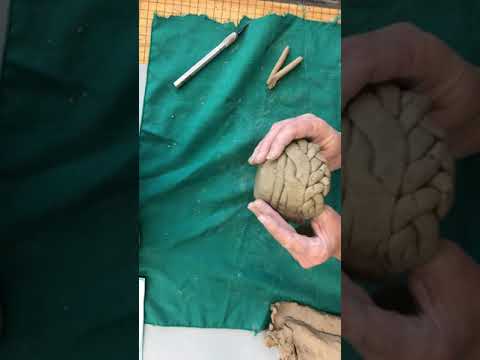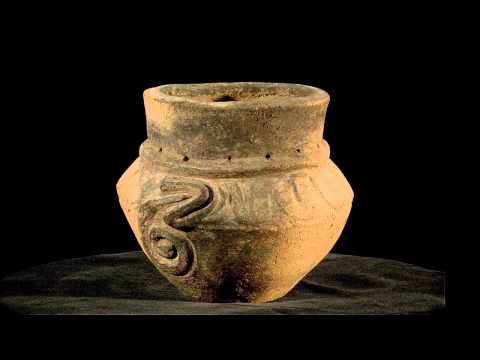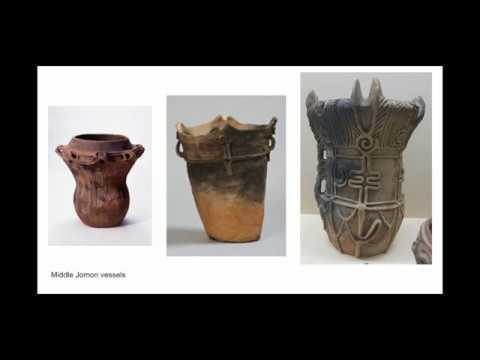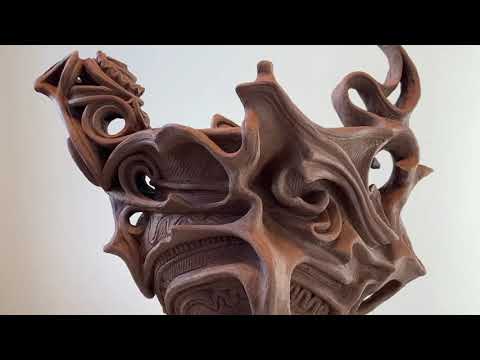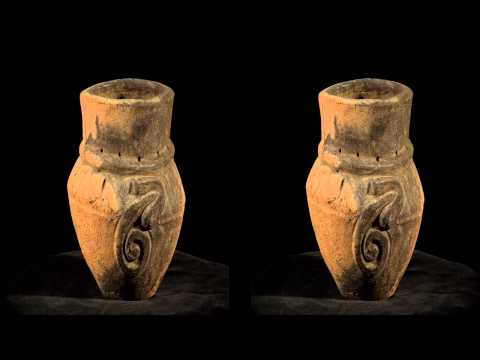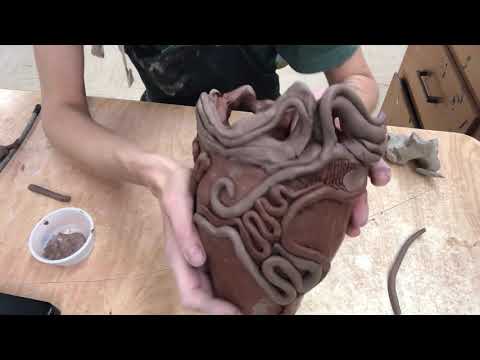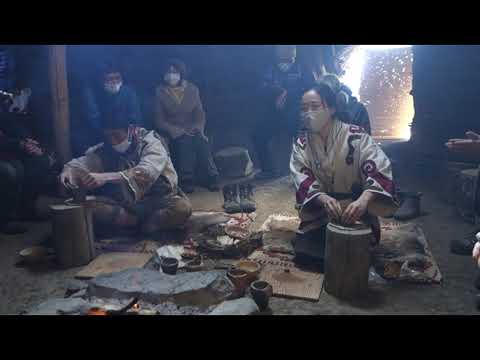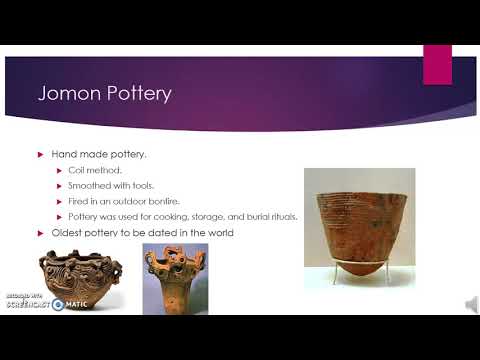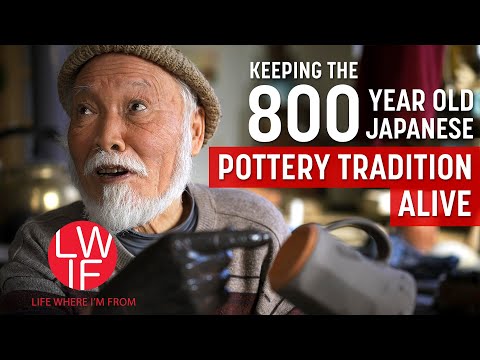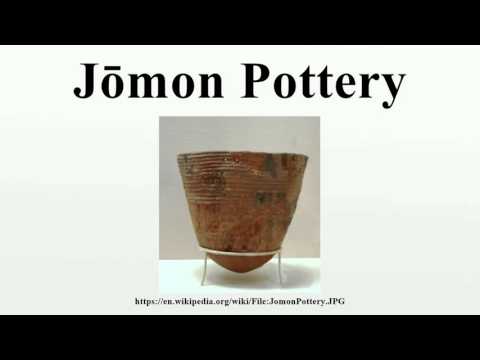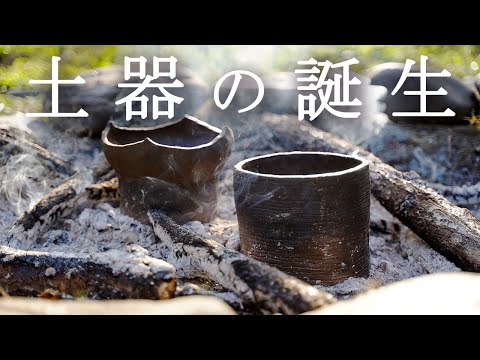| Title | Pottery Style | Origin | Characteristic Features | Historical Firing Temperature | Modern Firing Temperature |
|---|---|---|---|---|---|
| Jomon Pottery | Earthenware | Japan (7000 BC – 1000 BC) | Thick walls, flame-like patterns, impressed rope and cord marks, abstract designs | 800°C – 1000°C | 900°C – 1100°C |
Jomon pottery, originating in Japan between approximately 7000 BC and 1000 BC, represents one of the oldest pottery traditions in the world. Its name, “Jomon” (縄文), translates to “cord-marked” or “rope-patterned” in Japanese, derived from the distinctive markings made by pressing rope into the clay before it was fired.
Characteristics
- Age: The Jomon period spans a significant length of time, from about 7000 BC to 1000 BC, encompassing a long evolution in style and technique.
- Material and Construction: Jomon pottery was made from locally sourced clay. The walls of the pottery are often thick and robust.
- Designs and Patterns: The most notable feature of Jomon pottery is its flamboyant, often extravagant designs. The pottery frequently features flame-like rims and intricate patterns. These patterns were created using a variety of tools, including sticks, cords, and even shells, to impress or incise designs onto the clay.
- Functionality and Use: Jomon pottery includes a variety of forms, from simple cooking pots to highly decorated ceremonial pieces. While some Jomon pottery was utilitarian, other pieces were likely used for ritualistic or decorative purposes.
- Firing Techniques: The firing temperatures for Jomon pottery typically ranged between 800°C and 1100°C. These temperatures were achieved in open fires or simple kilns, which is relatively low compared to modern stoneware and porcelain, but high enough to create durable earthenware.
- Symbolism and Cultural Significance: The designs on Jomon pottery are believed to hold symbolic meanings, possibly representing the Jomon people’s views of the world and their spiritual beliefs. The use of natural motifs and abstract designs suggests a deep connection with nature.
- Influence and Legacy: Jomon pottery is considered significant in the history of Japanese art and culture. Its unique aesthetic and the techniques developed during the Jomon period have influenced subsequent pottery styles in Japan and beyond.
The Jomon period is a fascinating study not just for its artistic contributions but also for what it reveals about the people and culture of prehistoric Japan. The pottery serves as a window into the lives, beliefs, and environment of the Jomon people, marking an important era in human cultural and artistic development.


